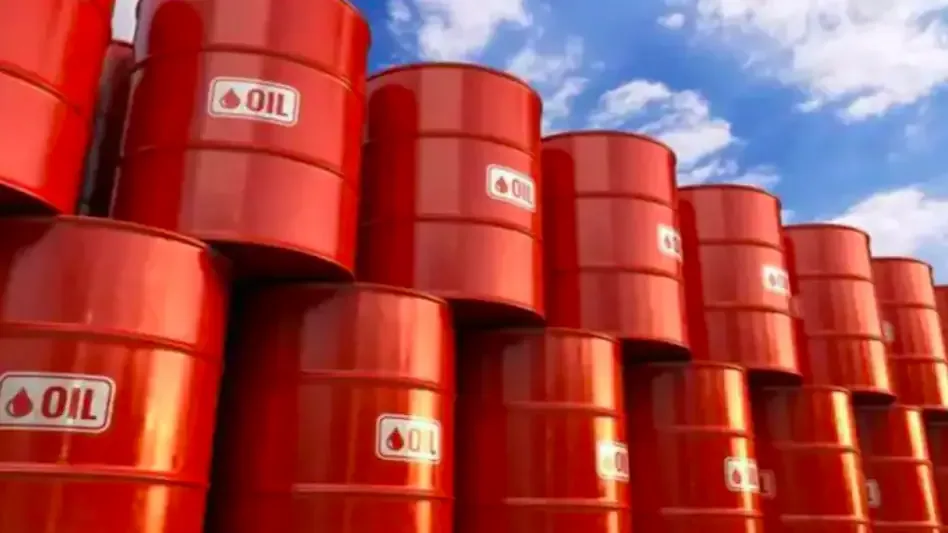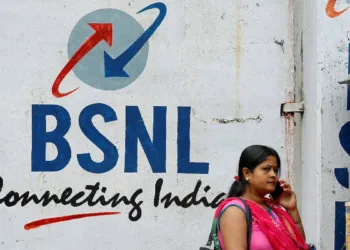The narrative surrounding India’s massive profits from discounted Russian oil imports has been significantly overblown, according to a new CLSA research report. While media outlets have speculated gains ranging from $10-25 billion annually, the actual benefit stands at a modest $2.5 billion—representing just 0.6% of India’s GDP.
Table of Contents
The Real Numbers Behind Russian Oil Imports
India’s energy landscape transformed dramatically following the Ukraine conflict. Russian oil imports surged from less than 1% to nearly 40% of total crude imports, making Russia India’s largest oil supplier.

Current Oil Import Breakdown
| Country | Share of Imports | Volume (mbpd) |
|---|---|---|
| Russia | 36% | 1.8 |
| Iraq | 20% | 1.08 |
| Saudi Arabia | 14% | 0.76 |
| UAE | 9% | 0.49 |
| USA | 4% | 0.22 |
Source: Government import data for 2024-25
Why the Discount Isn’t What It Seems
The apparent price advantage of Russian crude is diminished by several hidden costs:
Shipping Complications: Enhanced insurance and reinsurance requirements due to international sanctions significantly impact the final landed price.
Quality Considerations: Russian crude’s inferior quality requires refineries to balance with higher-quality, more expensive oils, reducing overall savings.
Declining Discounts: The price advantage has steadily decreased:
- FY24: $8.5 per barrel discount
- FY25: $3-5 per barrel
- Recent months: Just $1.5 per barrel
Global Market Implications
Stopping Russian oil imports would create ripple effects across global markets. Oil market analysts warn that crude prices could spike to $90-100 per barrel if India—the world’s third-largest oil consumer—exits this arrangement.
Russia currently exports 4.3-4.8 million barrels daily, representing 5% of global crude supply. India’s withdrawal could disrupt 1 million barrels per day, potentially triggering worldwide inflation.

Political vs Economic Reality
Beyond economics, this issue has evolved into a geopolitical matter. India maintains its position of choosing trade partners within international legal frameworks, as no sanctions prohibit purchasing Russian crude oil.
The European Union’s recent ban on Russian oil-derived fuel imports contrasts with India’s continued adherence to the $60 price cap mechanism.
What This Means for India’s Energy Security
India’s strategic approach to energy diversification through Russian imports provides:
- Price Stability: Helps moderate global crude oil volatility
- Supply Security: Reduces dependence on traditional Middle Eastern suppliers
- Inflation Control: Contributes to global price moderation
The CLSA report emphasizes that Indian oil marketing companies (OMCs) have been transparent about diminishing returns, with current discounts potentially yielding just $1 billion annually.
Looking Forward
As global energy markets evolve, India’s energy policy continues balancing economic pragmatism with geopolitical considerations. The reduced financial benefits suggest that future import decisions may increasingly factor in diplomatic and strategic elements rather than pure economic gains.
For more insights on India’s energy landscape, explore our comprehensive energy sector analysis and stay updated with our latest market reports.
Stay informed about energy market developments and policy changes by following our energy sector coverage.
Frequently Asked Questions
Q: How much does India actually save from Russian oil imports?
A: According to CLSA research, India’s net annual benefit is approximately $2.5 billion, significantly lower than media estimates of $10-25 billion. This represents just 0.6% of India’s GDP.
Q: What would happen if India stops importing Russian oil?
A: Oil experts predict crude prices could surge to $90-100 per barrel, potentially disrupting 1% of global supply and triggering worldwide inflation, as Russia might struggle to find alternative buyers for up to 1 million barrels per day.







